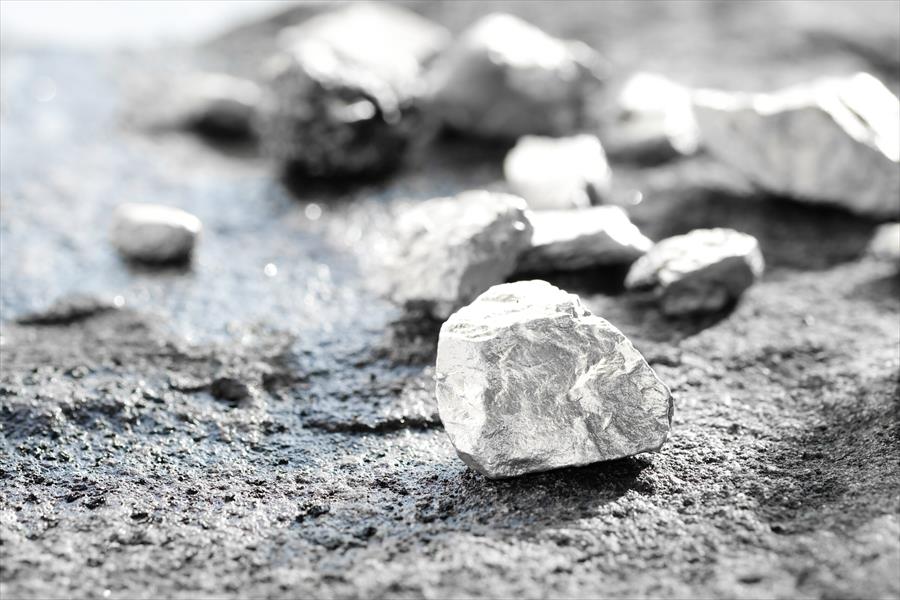Platinum vs. Palladium: Choosing the Right Precious Metal Investment
Platinum and palladium provide many benefits, but buyers often wonder which of the two they should purchase. That may come down to the form of precious metals you’re looking for, your budget, and how you plan to use the investment. The advantages of each precious metal are outlined below by the professionals from First National Bullion and Coin. Scottsdale residents should consider the following information when deciding which option is best for them.
Benefits of Platinum
Selling platinum is just as easy as purchasing it, which is why so many people consider this an exceptionally liquid asset. Platinum bullion bars and coins are traded worldwide, not tied to a country or dependent on a specific location. Platinum is always in demand compared to some other precious metals, as there’s a constant need for platinum jewelry, coins, bars, and more.
In addition to the financial benefits, platinum is highly durable. Being hypoallergenic and resistant to tarnishing is why it’s considered one of the strongest precious metals in the world. As a result, platinum can be cleaned in the comfort of your home without all the headache and hassle, allowing it to remain shiny and radiant. You generally don’t need to replate platinum, making it easier to maintain for extended periods.
Palladium Advantages
When looking for a color that will last forever, this is the precious metal to place at the top of your list. Its weight makes it easy to shape and design, giving you more options. Since it doesn’t contain nickel, you can be around palladium without worrying about allergic reactions, giving it another advantage many precious metals don’t provide.
The potentially higher returns make it a good investment option, which most people look for when purchasing precious metals. Keep in mind a well-balanced portfolio could reduce risks and increase benefits.
Similarities
An unfamiliar eye may see these two as identical. Although there are differences, both have similarities, such as durability. As a result, platinum and palladium may last for generations. When it comes to certain chemicals and elements, the two react the same and maintain their color without tarnishing as time passes if both are used in jewelry form. Cost and density are typically the main two dissimilarities.
Making the Choice that’s Right for You
Platinum can withstand most types of impact without denting, which the other option doesn’t. However, palladium is popular due to its resistance to scratches and scrapes.
Some people look for investment in terms of value. In the past, platinum was considered one of the most valuable precious metals. Yet palladium’s demand has risen throughout the years, causing its price to increase.
Ultimately, it will be up to you to decide which of the two is the better investment. That typically depends on how the advantages of one may be more valuable to you than the other. Your plans for the precious metals could also determine which of the two you want to purchase. Depending on your budget and current availability, buying some of both in different forms and passing the platinum and palladium to your children or other family members and close friends may be a good idea.
Whether you’re deciding between palladium or platinum or you’re building an investment portfolio and looking for the best place to purchase Scottsdale gold and bullion, reach out to the trustworthy professionals at First National Bullion. Give one of our experienced dealers a call today.
The statements made in this blog are opinions, and past performance is not indicative of future returns. Precious metals, like all investments, carry risk. Precious metals and coins may appreciate, depreciate, or stay the same in cash value depending on a variety of factors. First National Bullion does not guarantee, and its website and employees make no representation, that any metals for sale will appreciate sufficiently to earn the customers a profit. The decision to buy, sell, or borrow precious metals and which precious metals to purchase, borrow, or sell are made at the customer’s sole discretion.


